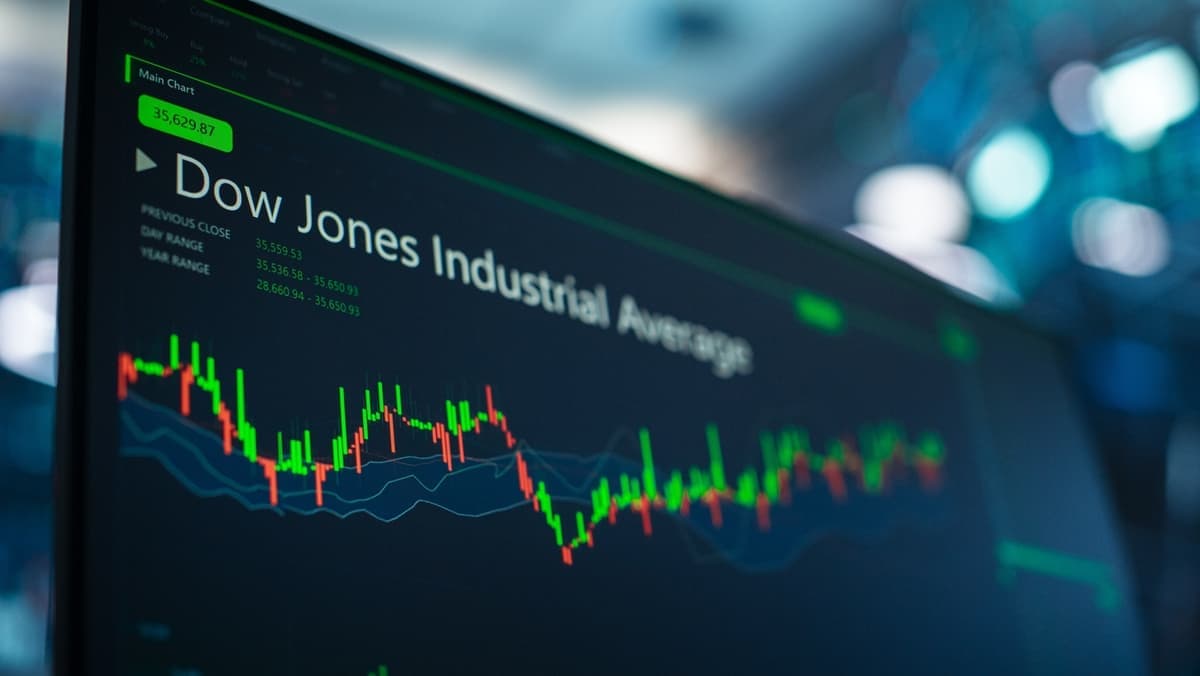Arvinas Soars As Pipeline Reset Reframes Value and Risk
Arvinas shares jumped 14 percent after management laid out a cost cutting and buyback program while regulators accepted a key drug application, moves that reshape the companys near term prospects. The actions matter because they both extend runway into 2028 and shift the stock onto a new binary path tied to a potential first in class drug decision and partner deal economics.

Arvinas Inc saw its stock surge 14 percent on November 18 as investors responded to a package of corporate changes that paired a narrower cost base with new shareholder returns and a clearer regulatory timeline for its lead candidate. The company said it would cut an additional 15 percent of its workforce, target more than $100 million in annualized cost savings and authorize up to $100 million in share repurchases. The moves come the same day the Food and Drug Administration accepted the New Drug Application for vepdegestrant and set a PDUFA action date of June 5, 2026.
Vepdegestrant is positioned to be the first PROTAC drug to reach the market if approved, a milestone that would have broad implications for the proteolysis targeting chimera field and for investors betting on novel modalities. The company and its partner Pfizer have signaled a change in commercialization plans, with industry press describing both companies as stepping back from taking the drug to market themselves while remaining convinced of its potential in second line ESR1 mutant breast cancer. For shareholders, that evolution de risks launch execution but introduces a new source of valuation uncertainty dependent on the timing and economics of any out license.
Arvinas management framed the workforce reduction and cost cuts as a way to create a leaner company with a runway into 2028, while the buyback authorization was presented as a capital allocation choice to return cash to investors. The combination is a familiar playbook in biotech where companies with late stage assets trade higher near term visibility for smaller research footprints. For patients and the scientific community the stakes are different; the first approval of a PROTAC molecule would set regulatory precedent and influence investment and research across the platform.
Beyond vepdegestrant, Arvinas has several catalysts on deck in 2026 that could materially alter its risk reward profile. The company expects additional clinical data in Parkinsons disease and progressive supranuclear palsy for ARV 102, initial human results for ARV 806 and first in human work for newer assets including ARV 027 and ARV 6723. Those readouts create multiple opportunities for value creation or for further strategic reshuffling depending on outcomes.
From an investor perspective, the immediate binary is clear. The FDA decision by June 5, 2026 will be a major valuation inflection point. Equally important will be the terms and timing of any commercialization deal for vepdegestrant, which could determine near term revenue potential and future upside. Analysts and market participants will also track how the cost cuts affect the pace of development across the pipeline, and whether buybacks are executed or adjusted if additional funding needs arise.
The market reaction on November 18 underscores how biotech valuations hinge on combinations of clinical milestones, capital management and partner strategy. For Arvinas, the next 12 months will test whether a leaner balance sheet and a high profile regulatory date can translate into durable value for investors and a pathway to deliver a first in class therapy to patients.


